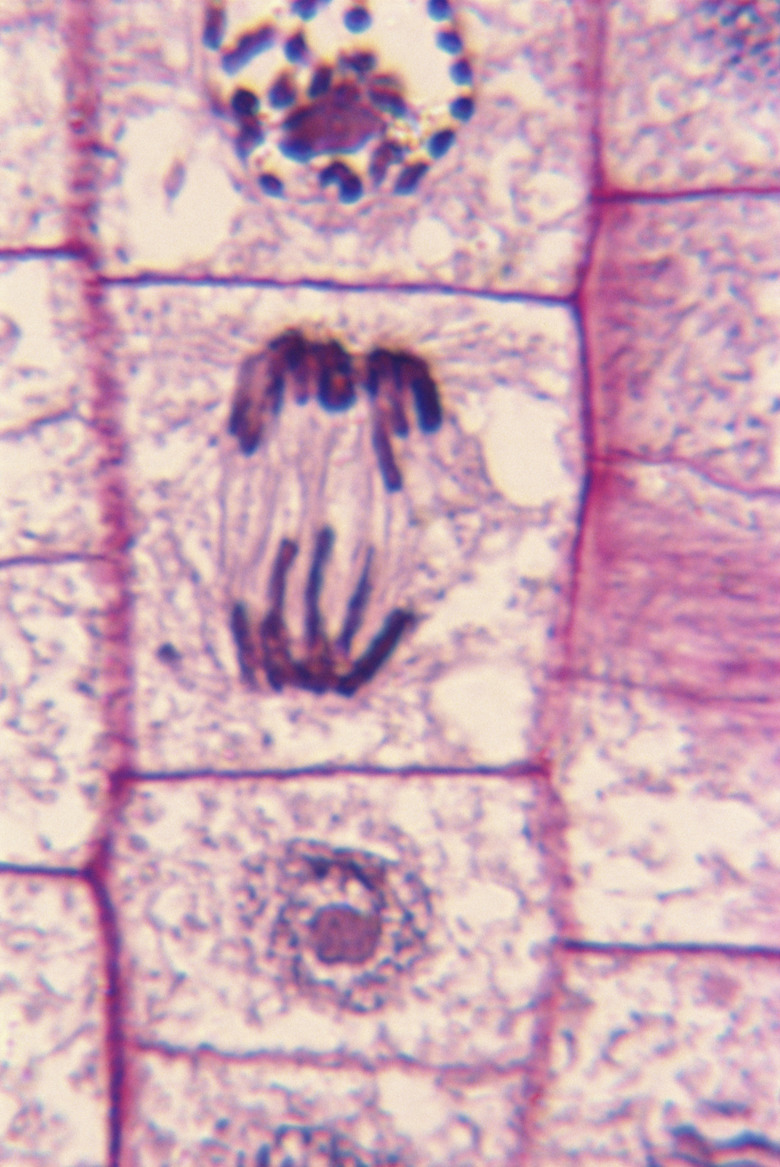What Are Energy-Related Organelles?
Depending on where you are in your own life-sciences education, you may already know that cells are the basic structural and functional components of life. You may be similarly aware that in more complex organisms such as yourself and other animals, cells are highly specialized, containing a variety of physical inclusions that carry out specific metabolic and other functions to keep conditions within the cell hospitable to life.
Certain components of the cells of "advanced" organisms called organelles have the ability to act as tiny machines, and are responsible for extracting energy from the chemical bonds in glucose, the ultimate source of nourishment in all living cells. Have you ever wondered which organelles help provide cells with energy, or which organelle is most directly involved in energy transformations within cells? If so, meet the mitochondria and the chloroplast, the chief evolutionary accomplishments of eukaryotic organisms.
Cells: Prokaryotes Versus Eukaryotes
Cells: Prokaryotes Versus Eukaryotes
Organisms in the domain Prokaryota, which includes bacteria and the Archaea (formerly called "archaebacteria"), are almost entirely single-celled, and, with few exceptions, must get all of their energy from glycolysis, a process that occurs in the cell cytoplasm. The many multicellular organisms in the Eukaryota domain, however, have cells with inclusions called organelles that carry out a number of dedicated metabolic and other everyday functions.
All cells have DNA (genetic material), a cell membrane, cytoplasm (the "goo" making up most of the cell's substance) and **ribosomes,** which make proteins. Prokaryotes typically have little more to them than this, whereas eukaryotic cells (plans, animals and fungi) are the ones that boast organelles. Among these are chloroplasts and mitochondria, which are involved in meeting their parent cells' energy needs.
Energy Processing Organelles: Mitochondria and Chloroplasts
Energy Processing Organelles: Mitochondria and Chloroplasts
If you know anything about microbiology and are given a photomicrograph of a plant cell or an animal cell, it is not really hard to make an educated guess at which organelles are involved in energy conversion. Both chloroplasts and mitochondria are busy-looking structures, with lots of total membrane surface area as a result of meticulous folding, and a "busy" appearance overall. It is evident at a glance, in other words, that these organelles do a lot more than just store raw cellular materials.
Both of these organelles are believed to share the same fascinating evolutionary history, as evidenced by the fact that they have their own DNA, separate from that in the cell nucleus. Mitochondria and chloroplasts are believed to have originally been free-standing bacteria in their own right before they were engulfed, but not destroyed, by larger prokaryotes (the endosymbiont theory). When these "eaten" bacteria turned out to serve vital metabolic functions for the larger organisms and conversely, a whole domain of organisms, Eukaryota, was born.
Structure and Function of Chloroplasts
Structure and Function of Chloroplasts
Eukaryotes all participate in cellular respiration, which includes glycolysis and the three basic steps of aerobic respiration: the bridge reaction, the Krebs cycle and the reactions of the electron transport chain. Plants, however, cannot get glucose directly from the environment to feed into glycolysis, since they cannot "eat"; instead, they make glucose, a six-carbon sugar, from carbon dioxide gas, a two-carbon compound, in organelles called chloroplasts.
Chloroplasts are where the pigment chlorophyll (which give plants their green appearance) is stored, in tiny sacs called thylakoids. In the two-step process of photosynthesis, plants use light energy to generate ATP and NADPH, which are energy-carrying molecules, and then make use of this energy to build glucose, which is then available to the rest of the cell as well as stores in the form of substances that animals may eventually eat.
Structure and Function of Mitochondria
Structure and Function of Mitochondria
Energy processing in plants in the end is fundamentally the same as it is in animals and most fungi: The ultimate "goal" is to break down glucose into smaller molecules and extract ATP in the process. Mitochondria do this by serving as the "power plants" of cells, as they are the sites of aerobic respiration.
In the oblong, "football-shaped" mitochondria, pyruvate, the main product of glycolysis, is transformed to acetyl CoA, shuttled into the interior of the organelle for the Krebs cycle, and then moved to the mitochondrial membrane for the electron transport chain. In all, these reactions add 34 to 36 ATP to the two ATP generated from a single molecule of glucose in glycolysis alone.
Cite This Article
MLA
Beck, Kevin. "What Are Energy-Related Organelles?" sciencing.com, https://www.sciencing.com/energyrelated-organelles-10022577/. 17 June 2019.
APA
Beck, Kevin. (2019, June 17). What Are Energy-Related Organelles?. sciencing.com. Retrieved from https://www.sciencing.com/energyrelated-organelles-10022577/
Chicago
Beck, Kevin. What Are Energy-Related Organelles? last modified August 30, 2022. https://www.sciencing.com/energyrelated-organelles-10022577/
